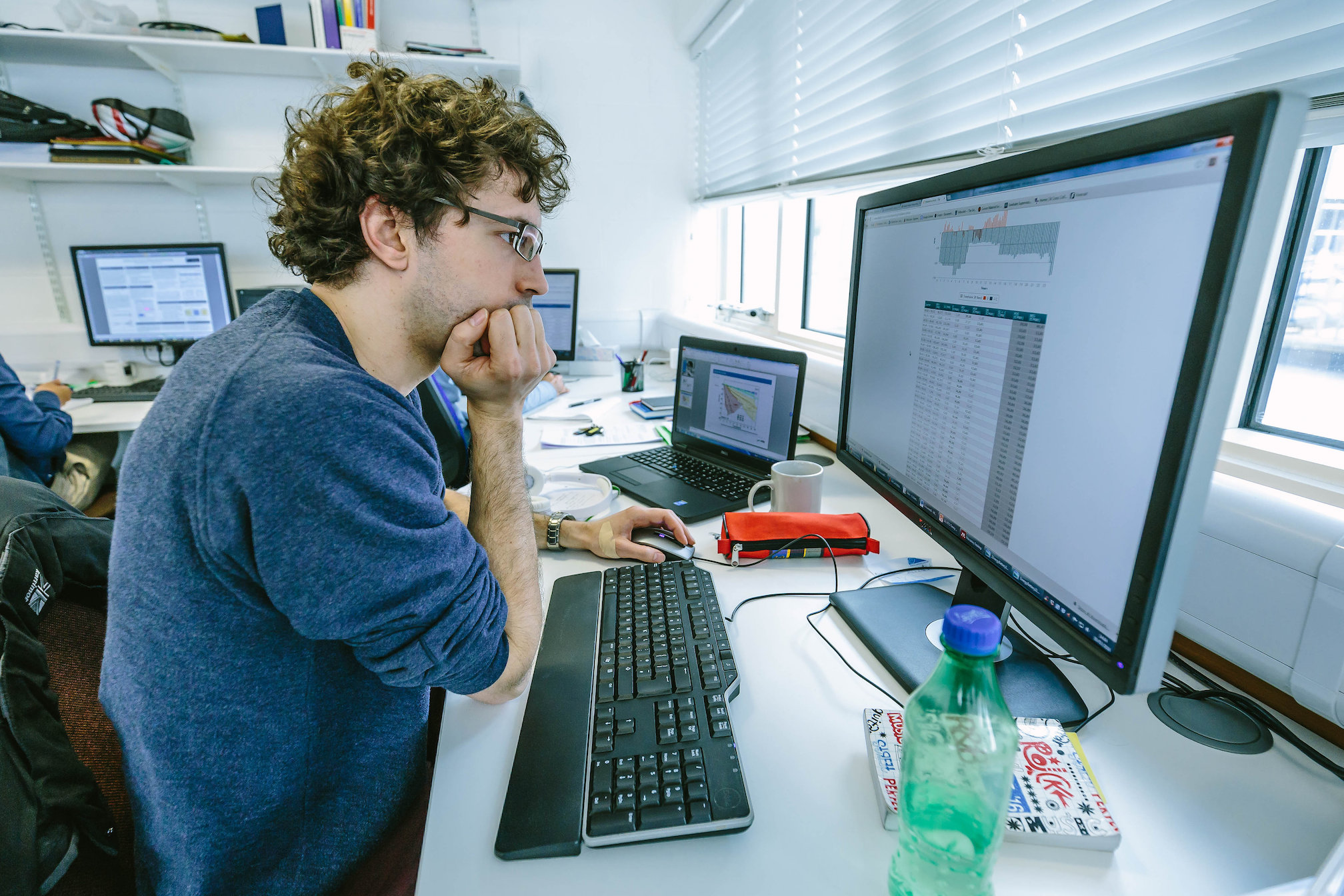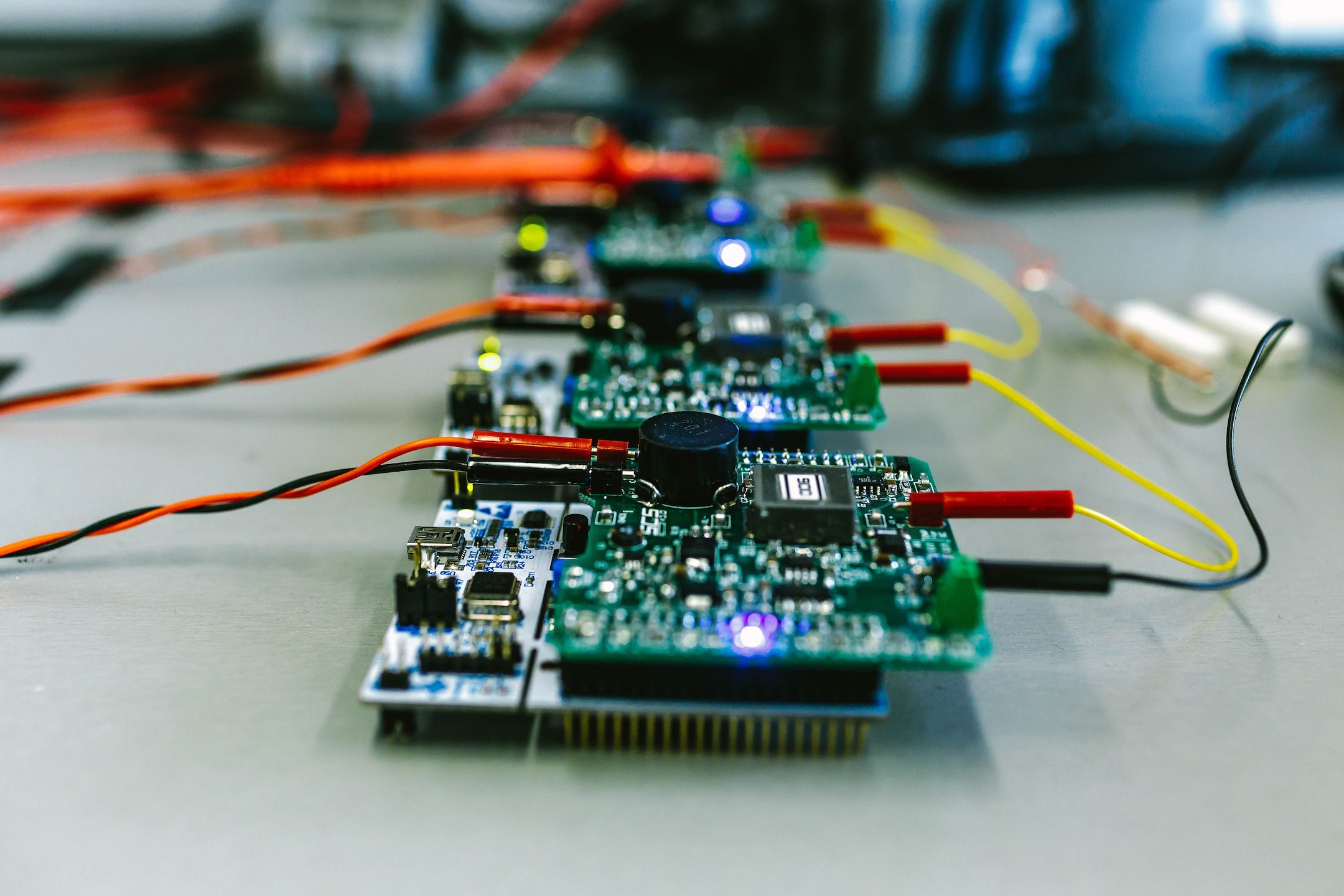Energy Superhub Oxford is one of the most ambitious urban decarbonisation projects globally. It is integrating a 50MW transmission-connected hybrid battery storage system (lithium-ion with vanadium flow) alongside mass-scale, rapid electric vehicle charging, low carbon heating and smart energy management technologies to accelerate Oxford’s zero carbon journey.
The multi-partner project is led by Pivot Power (part of EDF Renewables) with backing from the non-departmental government body, UK Research and Innovation, and includes the University of Oxford’s Department of Engineering Science.
Enjoy 12 months of exclusive analysis
- Regular insight and analysis of the industry’s biggest developments
- In-depth interviews with the industry’s leading figures
- Annual digital subscription to the PV Tech Power journal
- Discounts on Solar Media’s portfolio of events, in-person and virtual
Jorn Reniers, Postdoctoral Researcher at the Department, explains how work to create a digital twin of the battery can support battery storage investment globally. As told to Energy-Storage.news editor Andy Colthorpe.
From the University of Oxford's Battery Intelligence Lab
The University of Oxford’s Department of Engineering Science is world-leading and covers the entire spectrum of engineering disciplines, from traditional engineering like turbines or heat flow to cutting-edge topics like machine learning. Our research group at the Department is the Battery Intelligence Lab, and as you can infer from the name, we research batteries and specifically lithium-ion batteries. We understand how they work, their efficiencies in terms of thermal behaviour, degradation and all these other things. That’s important because these details are really hidden and the investors and developers building and operating these batteries don’t necessarily have that level of insight into how high-level decisions will impact individual cells.
Creating a digital twin: How and why
My role within Energy Superhub Oxford is to create a digital twin of the grid battery. This is basically a model of the physical asset which can simulate every individual component inside the battery and how they work together. A lot of physical assets are black boxes. When you buy an asset the manufacturer provides a data sheet on how you should use it and what you should expect from it.
For instance, a battery will tell you how often it can be charged or discharged at certain power levels, and what efficiencies and behaviour you can expect. It’s a very high-level overview when what you actually have is a field full of containers of tens of thousands of cells.
The digital twin allows you to understand how everything works together, and more importantly to test different scenarios. If you have an asset which is worth tens of millions of pounds, you don’t want to do something in the real world unless you’re certain it will work, because it’s quite expensive if you make a mistake!

The main challenge has been…
The main challenge has been a computational challenge because the battery contains hundreds of thousands of components and you want to simulate them all individually. Simulating a 1 MWh battery would take a couple of hours so it’s always a challenge to make sure that the model is both efficient and accurate. You don’t want to ignore some important physics or other interactions while keeping everything computationally under control.
Once the battery goes live, this is how it will interface with its digital twin
We’re aiming to have API access where we can pull live operating data from the database. Our model will interpolate between these datapoints and simulate things for which we don’t have datapoints. So, it will try and estimate, “OK. Where is the real battery currently at?” and “OK, now we think this would happen,” and when the next datapoint comes in a minute later it will compare and see how accurate its prediction was. It will keep doing this until it can confidently predict what is happening between datapoints.
This model can help energy storage growth globally
I think the biggest issue [for battery energy storage] is uncertainty, because this is still a relatively new technology and it is being improved year-on-year. And uncertainty always reduces the investment you get because it reduces the business case. Our model aims to provide a reliable tool which can give investors more confidence and improve the business case, and in turn unlock more investment into grid-connected batteries.
Our role as engineers in society is to take new discoveries from science and bridge the gap between what works in the lab and what works for people in the real world in an economic setting. What I find exciting about Energy Superhub Oxford is the scale of the battery.
We know lithium-ion batteries work for a phone, and the project is trying to see, “Well, can it actually scale up from a phone to containers, to a field full of containers and so on?”
And the collaboration between industry and academia means we can access data about how these batteries will be used in the real world and transfer learnings from the lab to the real world.

Over the next decade, I think the energy sector needs…
I would like to see an increased contribution of renewable energy sources, whether they are onshore of offshore wind, PV or some other novel type of renewable energy source. I think that’s a change that is happening, but if we want to have more of these renewable energy sources we need flexibility to help manage their intermittency.
Batteries are one of the options, but there are other options too, such as smart charging of electric vehicles and so on. What I really hope is that this flexibility is not delivered with traditional solutions such as gas plants or coal plants because that would negate a lot of the benefits from the increased amount of renewable energy sources.
Energy Superhub Oxford can help deliver the important message that change is feasible
My background is in power system engineering, and in power system engineering things are always big. You always talk about gigawatts, which is a thousand megawatts, which is a million kilowatts. If you see a transformer it’s the size of a room, and if you then come and say, “Oh, we need storage,” the problem there is a battery cell is really small. It can charge your phone, but we would need billions of batteries to solve the problem we have.
But Energy Superhub Oxford is saying: “Look, you can take this small technology and scale it up to solve a real problem.”
This applies equally to the rapid electric vehicle charging and the heat pumps, as well as the battery. These are all relatively small technologies on the scale of the power system, but we are showing how multiple of these small things can be combined to have a meaningful impact to help solve the problems we face as a society.
A version of this piece originally appeared on the Energy Superhub Oxford website.
Cover Image: Working with lithium-ion batteries at the Battery Intelligence Lab. Credit: University of Oxford Department of Engineering Science.

